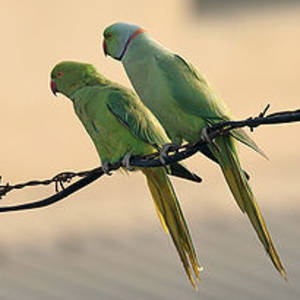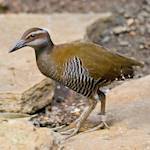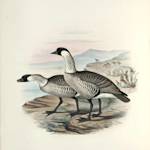Species Recovery: Red kite
1991 CE • United Kingdom
"Red kites were once widespread in urban and rural areas – in medieval times they were even protected as street cleaners in the city of London. But in the 16th century attitudes changed. Red kites became vermin, with a bounty paid for each kite killed. As well as gamekeepers and farmers who shot and poisoned red kites fearing they would harm their animals, kites were also killed to use for taxidermy, and a particular Victorian fascination for egg collecting further decimated their numbers . . . By the middle of the 19th century the red kite was locally extinct in England, Scotland and Ireland. Only a small population remained, hidden away in the hills of mid Wales. A study of red kite DNA in 1997 suggests that the population in Wales may have had just one successfully breeding female remaining at one point in the 1930s. In 1903, a small group of concerned naturalists formed the Kite Committee to protect red kites, so beginning one of the longest conservation projects in history. It’s through the efforts of the Kite Committee identifying, monitoring and protecting nests that the few red kites in Wales survived at all. But despite the group's efforts, the population was extremely slow to recover, with only 52 known red kite nests in Wales in 1989." The decision was made "to reintroduce European red kites into England and Scotland. Between 1989 and 1994, 93 birds from Sweden and Spain were released in the Chilterns in England and the Black Isle in Northern Scotland with further releases in Northern England, Scotland and Ireland taking place over the next two decades . . . The UK’s red kite numbers recovered dramatically over the next thirty years with the Welsh population staging a spectacular comeback, with most of the reintroduced populations establishing themselves and breeding well." In 2022, it was estimated that there were over 1,800 breeding pairs in the UK.
Jim Tan, "How the UK’s red kites came back from the brink," National Geographic, March 17, 2022.
Image: Tambako The Jagua via Flickr, Attribution-NoDerivs 2.0 Generic (CC BY-ND 2.0)


Learn about Maya Lin’s fifth and final memorial: a multi-platform science based artwork that presents an ecological history of our world - past, present, and future.

Discover ecological histories and stories of former abundance, loss, and recovery on the map of memory.

Learn how we can reduce our emissions and protect and restore species and habitats – around the world.

See how art can help us rethink the problems we face, and give us hope that each one of us can make a difference.

Help make a global memorial something personal and close to home. Share your stories of the natural world.


